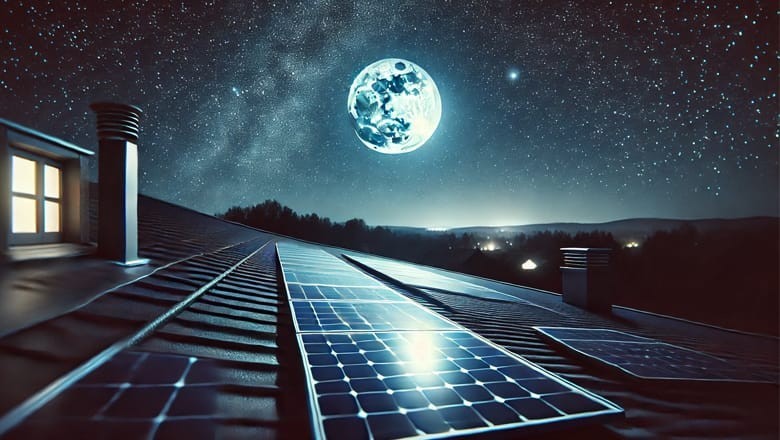World’s first night-time solar panel unveiled by researchers

Webdesk
|
30 Dec 2024
Researchers at Stanford University have introduced a groundbreaking solar panel technology capable of generating electricity at night.
This innovation utilizes a process known as radiative cooling, allowing the panels to produce power even without direct sunlight.
Radiative cooling involves the natural emission of heat from surfaces into space, especially when the sky is clear at night. By incorporating thermoelectric generators into specially modified solar panels, the researchers have been able to capture this dissipating heat, producing roughly 50 milliwatts of power per square meter.
Although this output is small compared to traditional solar panels, which generate around 200 watts per square meter during the day, the technology can be easily retrofitted onto existing solar panels, eliminating the need for new installations.
The power generated is sufficient for low-energy applications such as lighting LEDs, environmental sensors, and other small devices. Potential practical uses for this technology include:
Soil Moisture Sensors: Used in automated agricultural irrigation systems.
Pest Detection Systems: Monitoring outdoor areas for pests.
LED Security Lights: Low-power lights activated by motion sensors.
Leak Detectors: IoT devices to detect water leaks or flooding.
Emergency Lighting: Providing light during power outages.
While these panels won't power large appliances, researchers believe their efficiency will improve over time, unlocking even more potential.
Beyond electricity generation, radiative kicooling could also have wide-reaching applications, including zero-energy air conditioning and producing potable water in arid regions.
This breakthrough represents a major advancement in solar technology, offering new ways to generate energy even when the sun has set.












Comments
0 comment